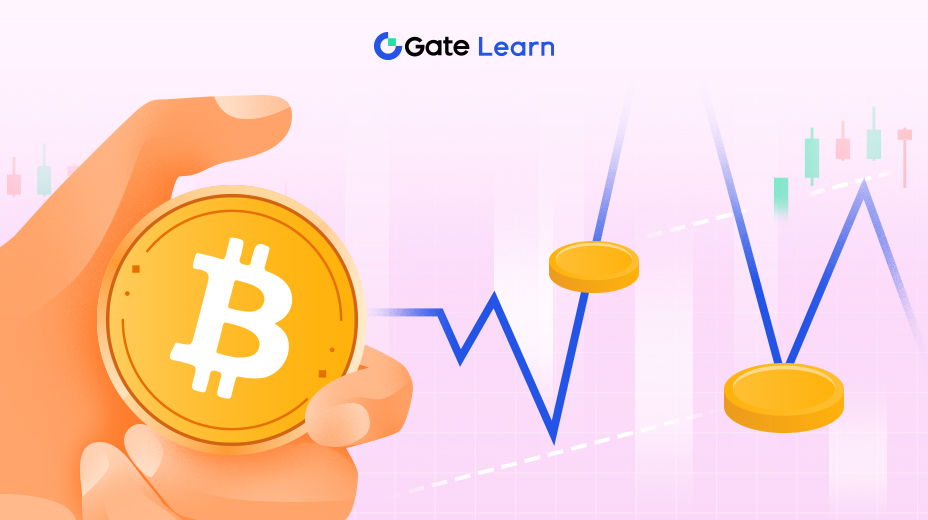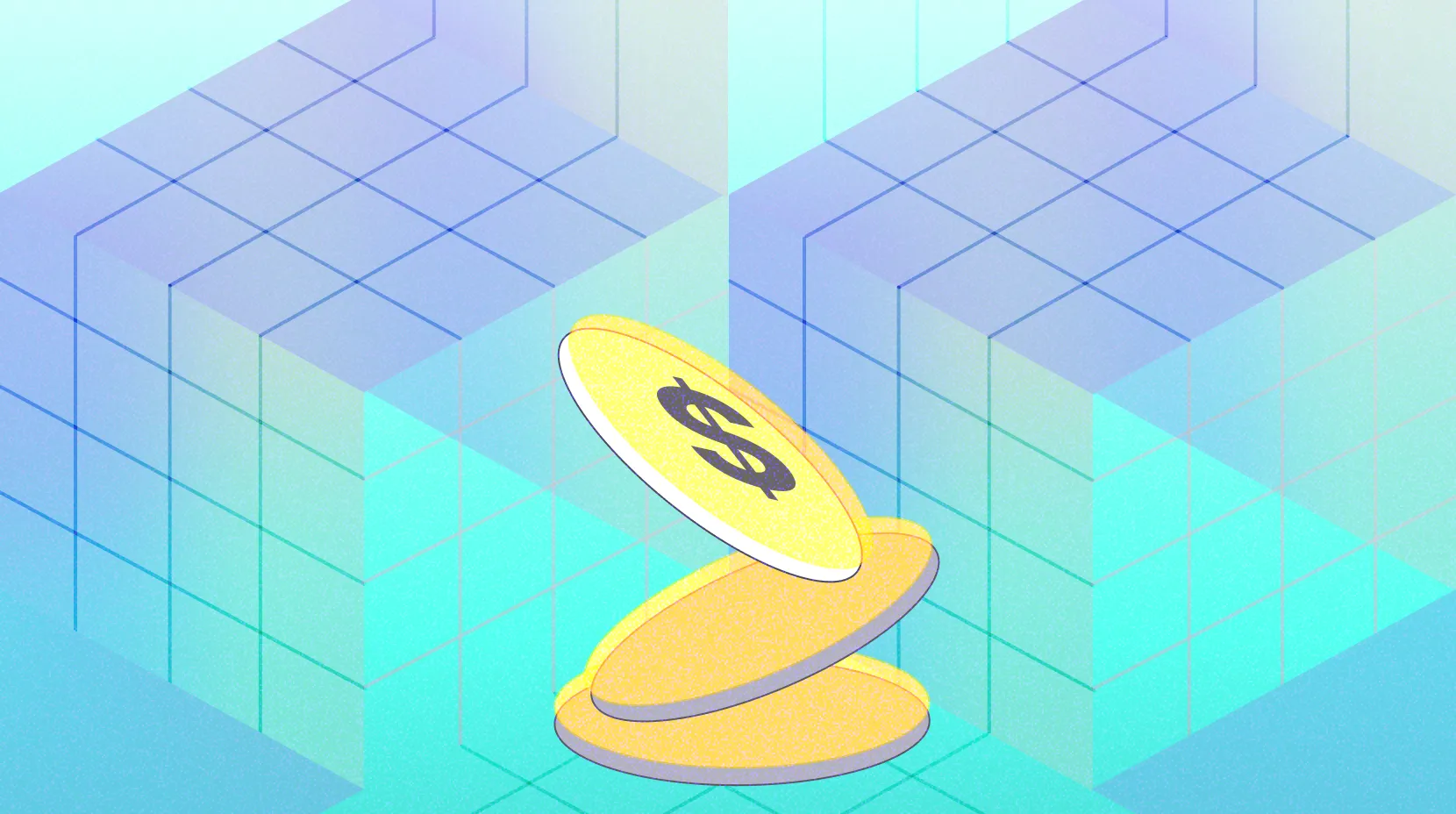什麼是儲備金證明?
這堂課將著重介紹儲備金證明的定義和基本原則。
在中心化交易所(CEXs)中,每個用戶的資產都通過平台數據庫中的分類帳記錄。用戶很難確認他們的資產是否已轉移,以及交易所是否有足夠的資產來支付用戶存入的資產。因此,交易所需要證明當用戶提款時,它擁有足夠的儲備資產可以100%贖回,這需要交易所儲備資產的價值高於用戶存入資產的價值。這種公開可查證資產的證明稱為儲備金證明。

為什麼我們需要儲備金證明?
用戶將資產存入交易所後,交易所所持有的資產對用戶來說是負債。例如,用戶A將資產存入交易所,比如說10個以太幣,交易所的餘額應該顯示出10個以太幣的額外資產,並且負債增加了10個以太幣,因為這些資產屬於用戶,用戶可以隨時提取。交易所的總資產將是資產(10個以太幣)- 負債(10個以太幣)= 0。
在交易所上有數以萬計的用戶,他們存入了數億資產。即使只有一小部分被挪用,用戶仍然可以像往常一樣提款。例如,如果平台有10,000 ETH,而挪用了1,000 ETH,用戶A 提取 10 ETH 也不會有問題。然而,當資金需求大幅增加且大量客戶同時提款時,可能會發生流動性危機(這種大規模提款的情況通常稱為「銀行擠提」),而被挪用的資金不足無法補充。
當流動性危機發生時,您提取資產的時間越晚,您將越有可能無法取回您的資產。因此,每個人都希望盡快提取或清算他們的資產,以避免成為最慢的人並觸發死亡螺旋。例如,在FTX被披露挪用資金後,許多用戶從FTX提取資金並開始出售並做空他們的代幣FTT,導致FTX投資的項目價格急劇下跌,以及相關生態系統中的資產。FTX持有的資產也面臨貶值,使其無法償還用戶資產。最終,他們別無選擇,只能宣佈破產,導致無數用戶和投資者遭受悲慘損失。

儲備金證明很大程度上可以避免上述提到的流動性危機。它使CEX的資產狀況更加透明,並證明CEX有足夠資金全額償還所有用戶債務。
基本原則
儲備金證明是一種可靠的審計程序,通過加密證明、公開錢包所有權檢查和重複審計來驗證交易所持有的資產。它使保管人能夠提供透明的證據,表明鏈上儲備是真實的,表明平台和他們自行決定保留的代幣總量大於或等於所有用戶的代幣資產總量。
一般來說,每個代幣將分別進行驗證,如 BTC、ETH、LTC 等。對於某個代幣,將其在平台擁有的地址持有數量除以所有用戶地址持有數量的總和,就可以獲得某個代幣的儲備比率。儲備比率大於 100% 意味著交易所對該代幣具有足夠的清償能力。如下圖所示,Gate.com 已列出近 100 種代幣的儲備比率。

除了單一代幣的儲備比率外,了解總儲備比率的概念也很重要,這表示交易所持有的總資產或用戶存入的總資產。這些數據主要用於衡量交易所的整體清償能力。
結論
現在我們可以了解儲備金證明的基本概念以及對中央化交易所(CEXs)的重要性。我們還討論了儲備金證明如何幫助防止流動性危機並保持交易所的財務透明度。這種理念對建立交易所與用戶之間的信任至關重要。
您還可以考慮加密交易所是否可以像傳統金融公司那樣直接接受會計師的審計,以及我們如何使用加密貨幣來審計儲備金。這些主題將在接下來的課程中更深入地討論。





